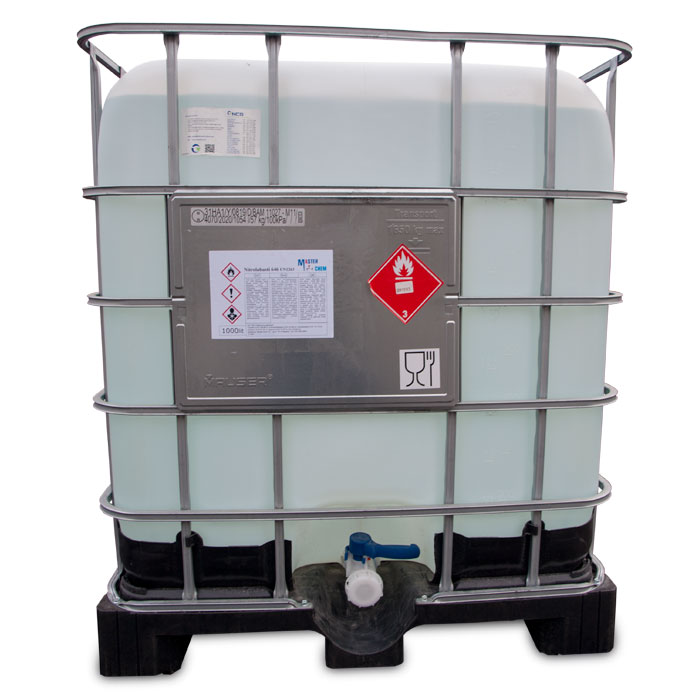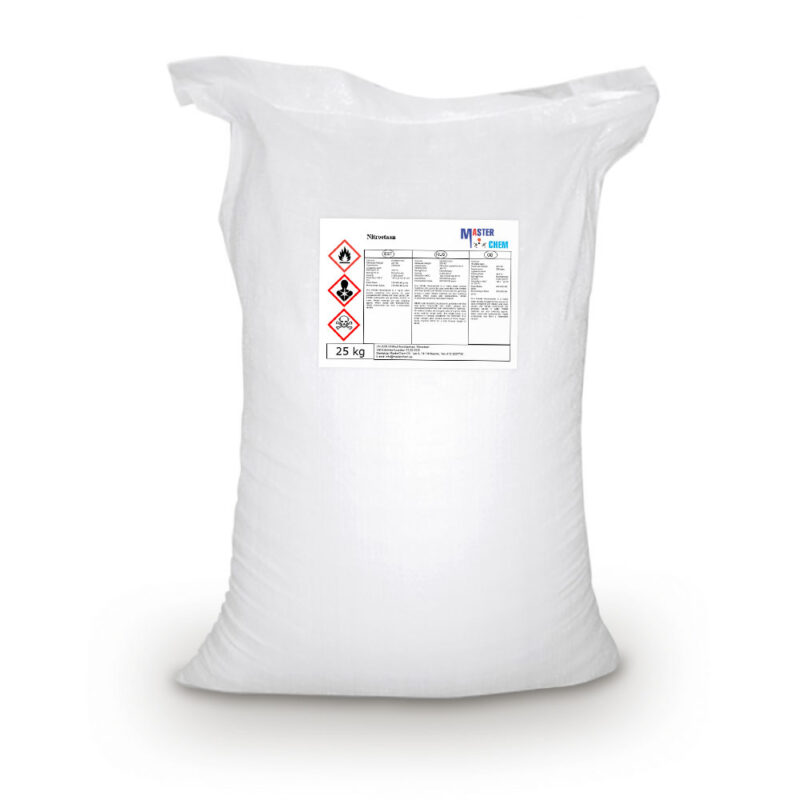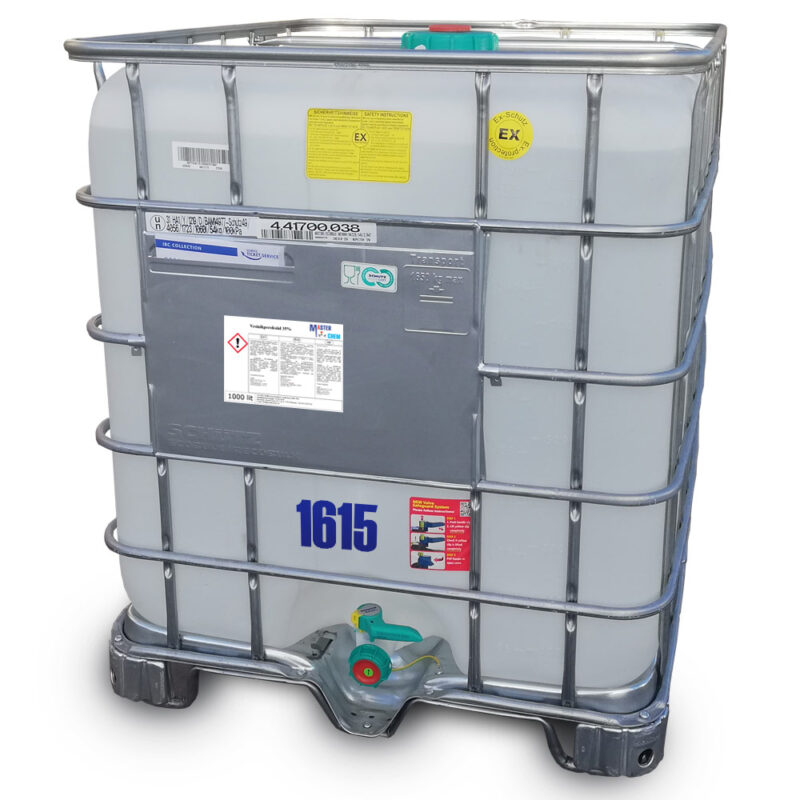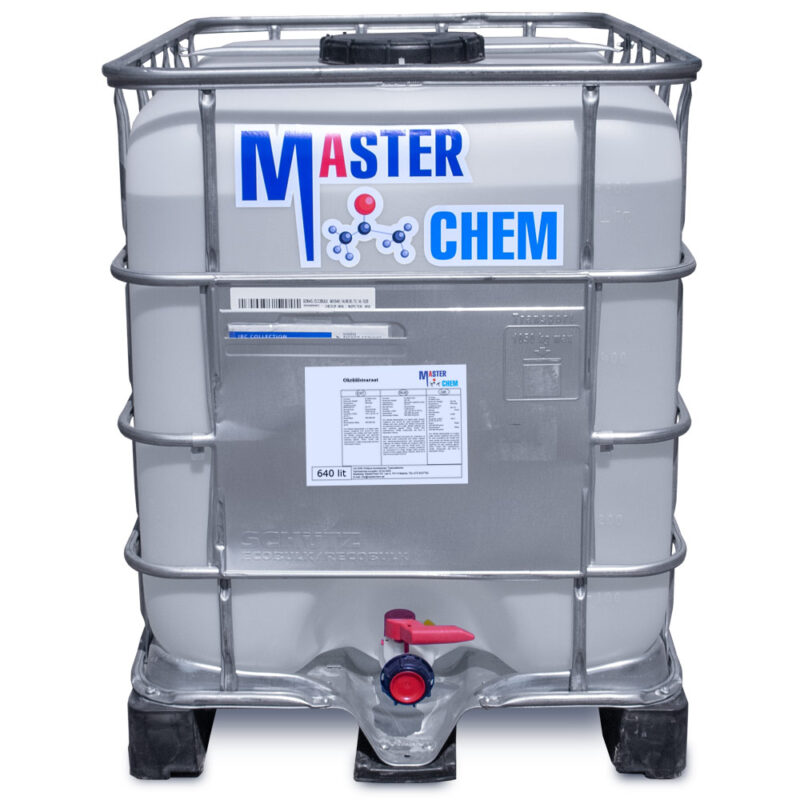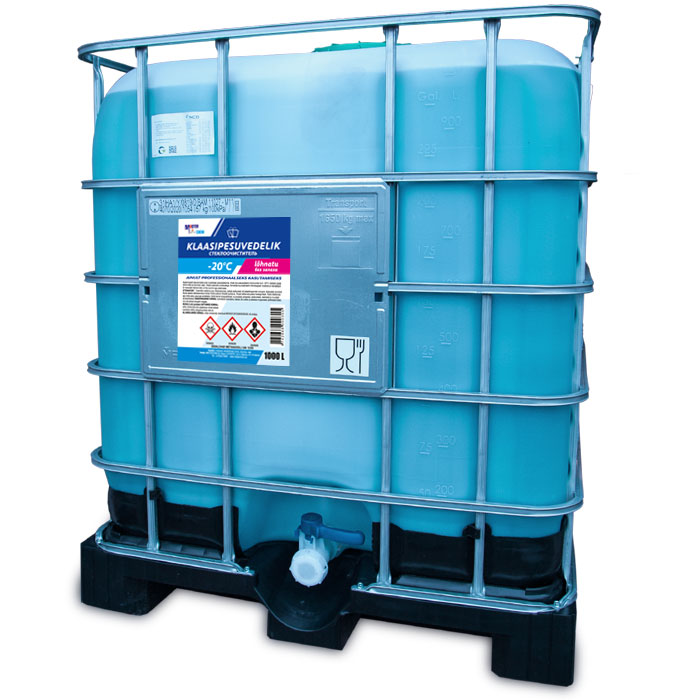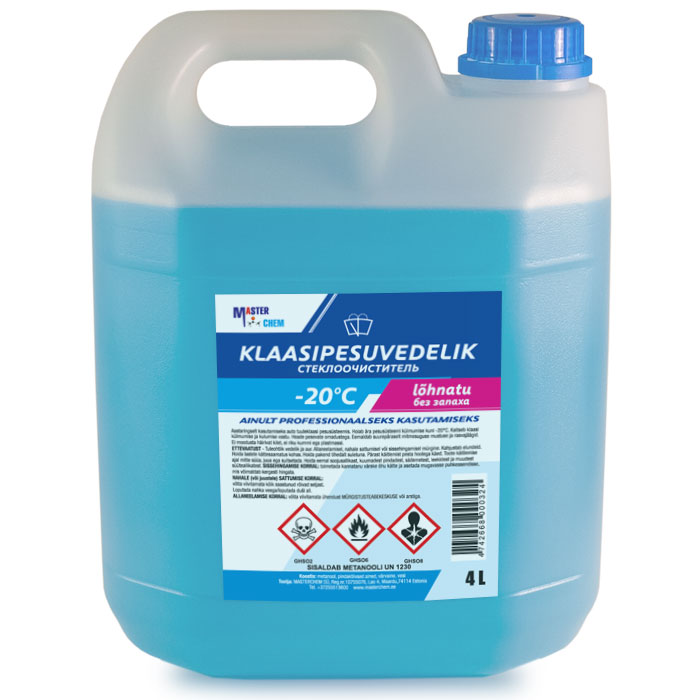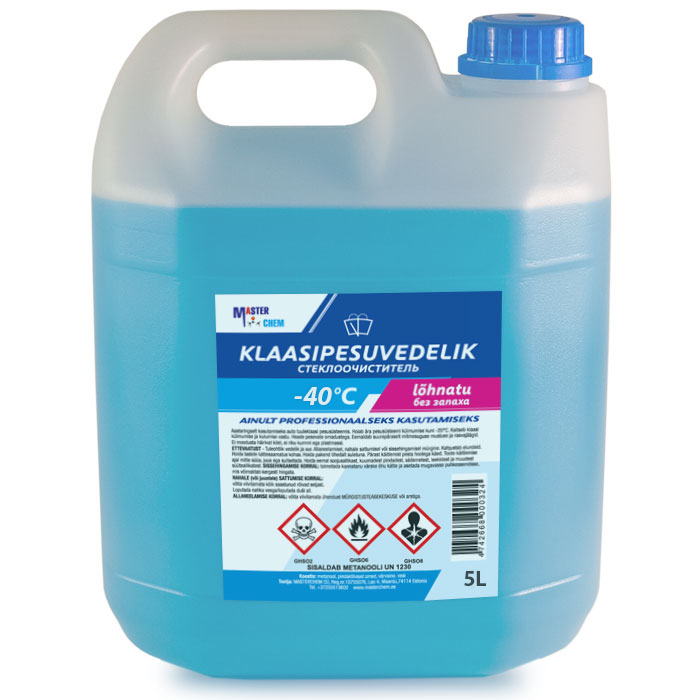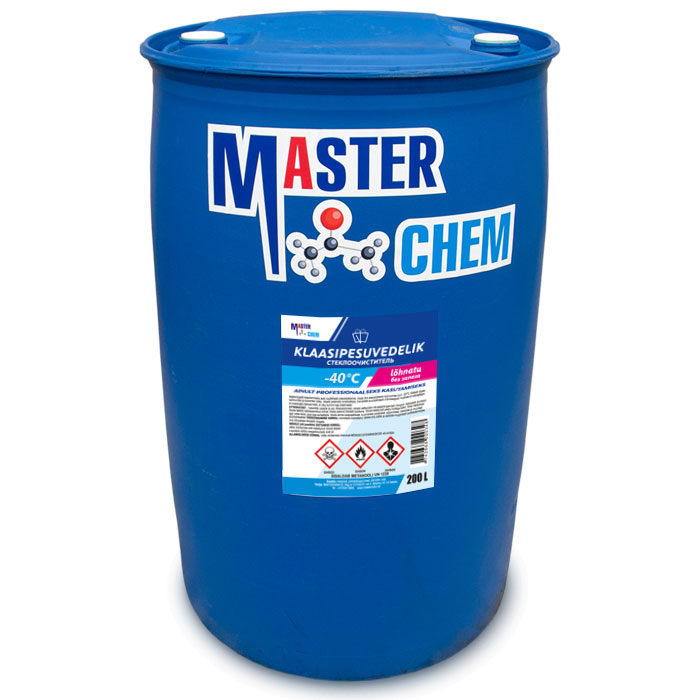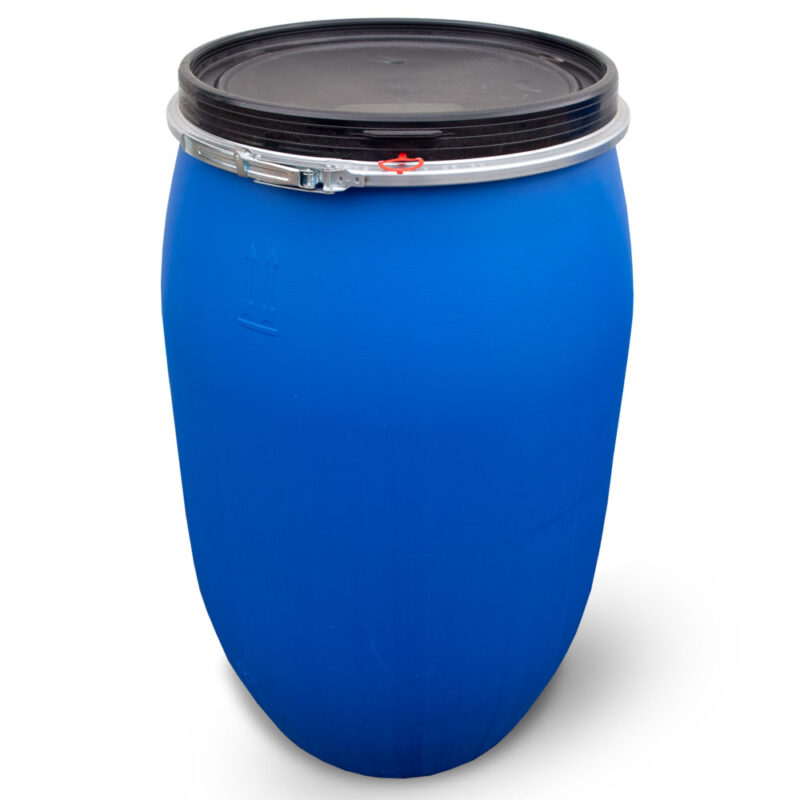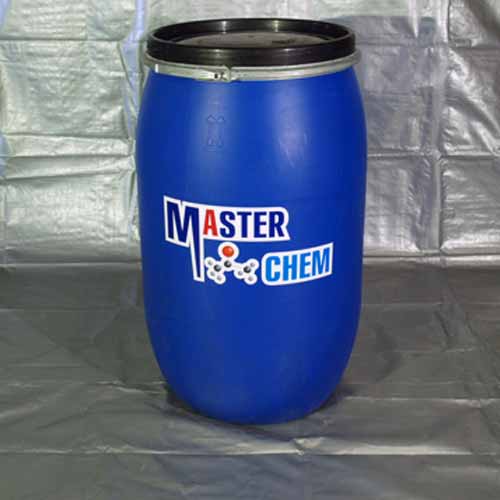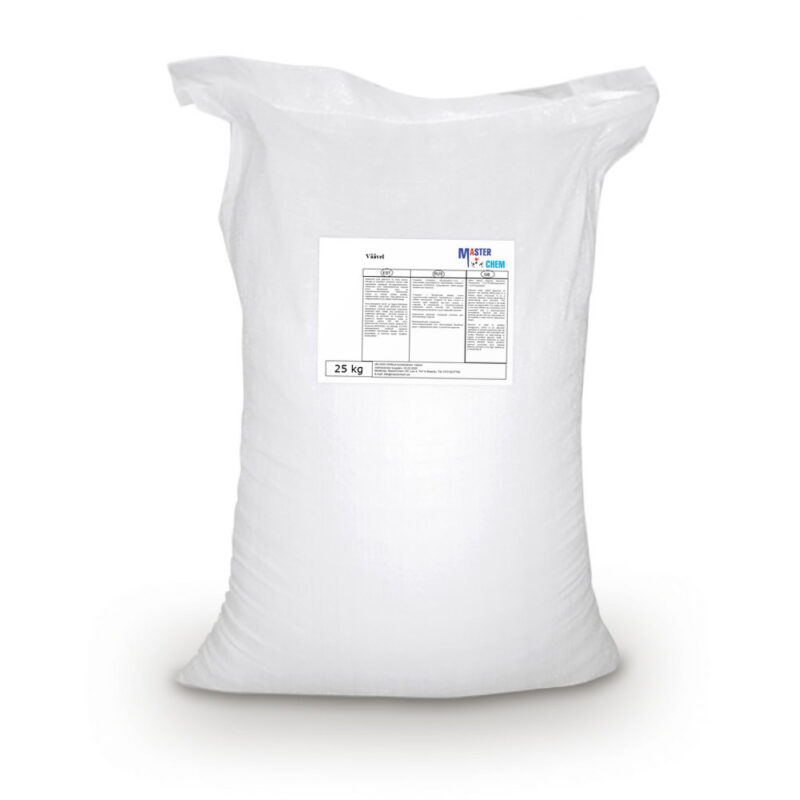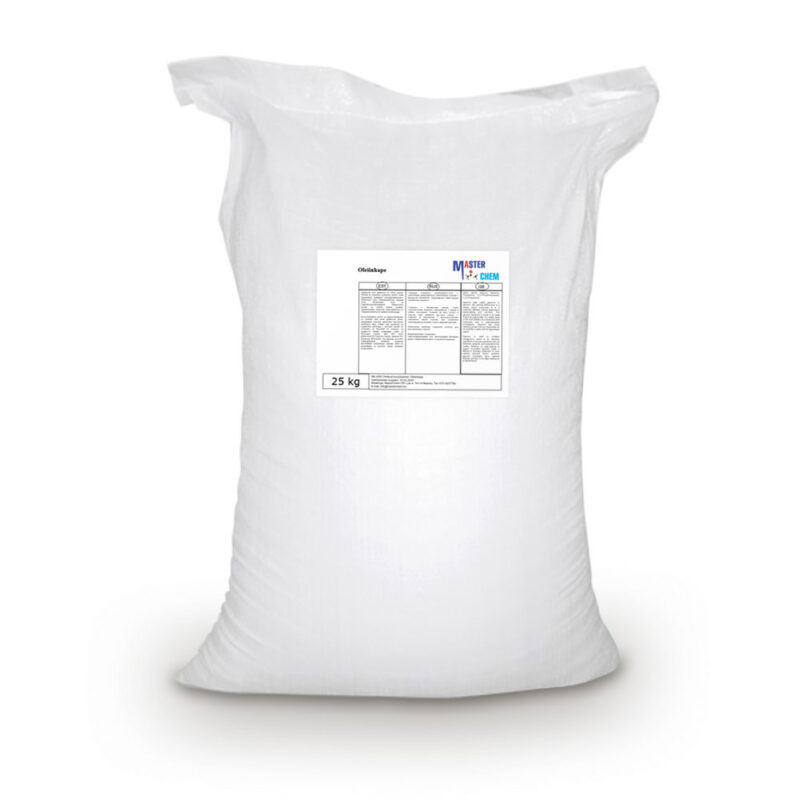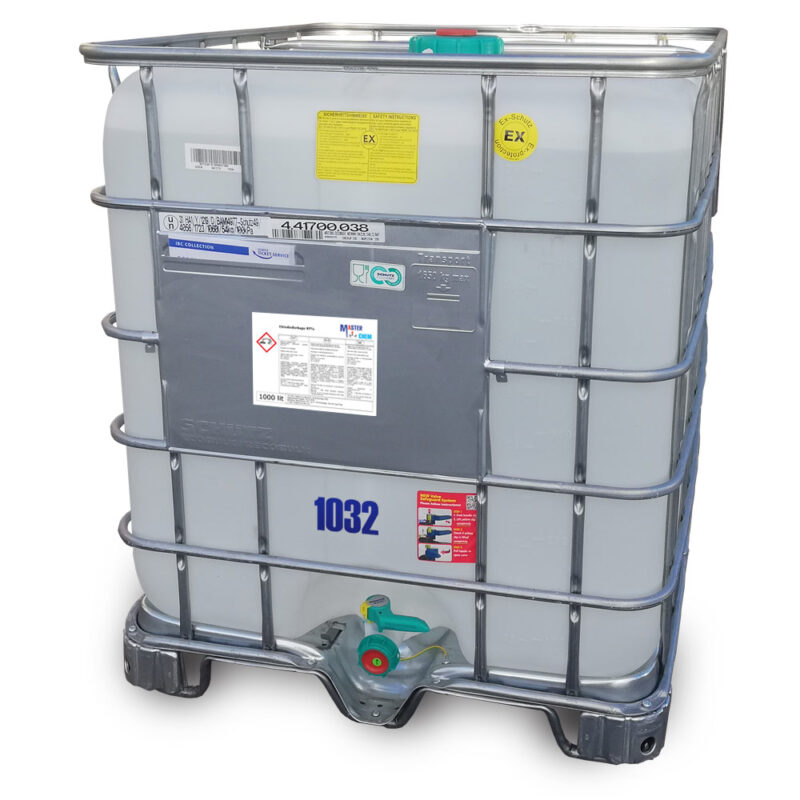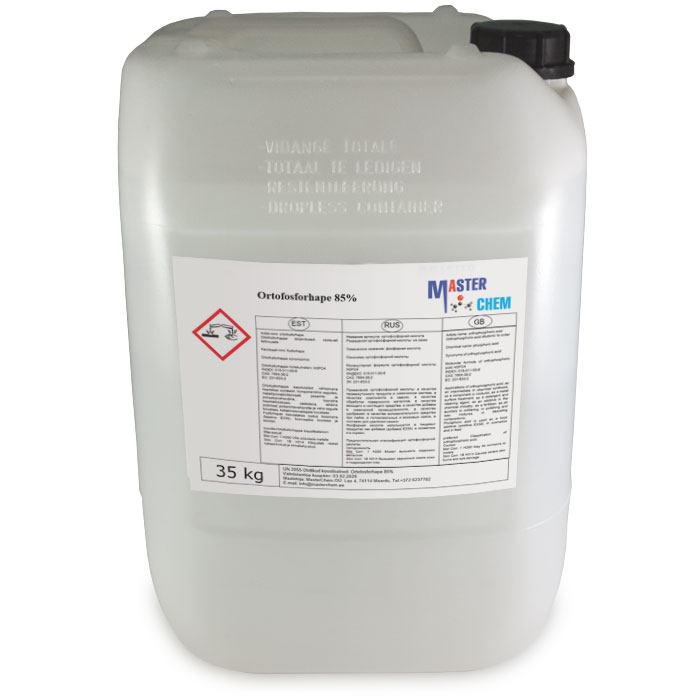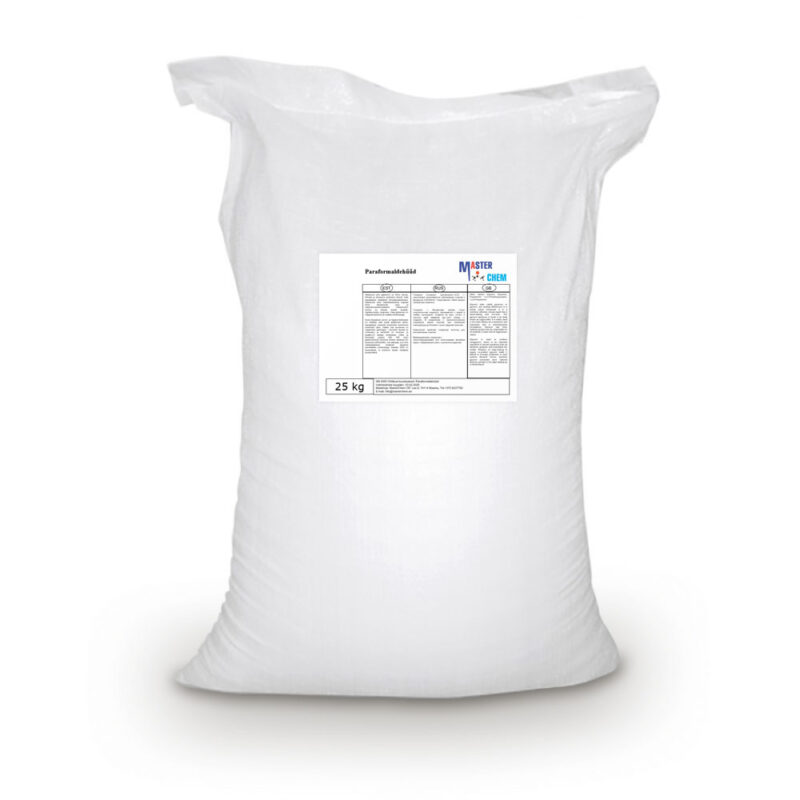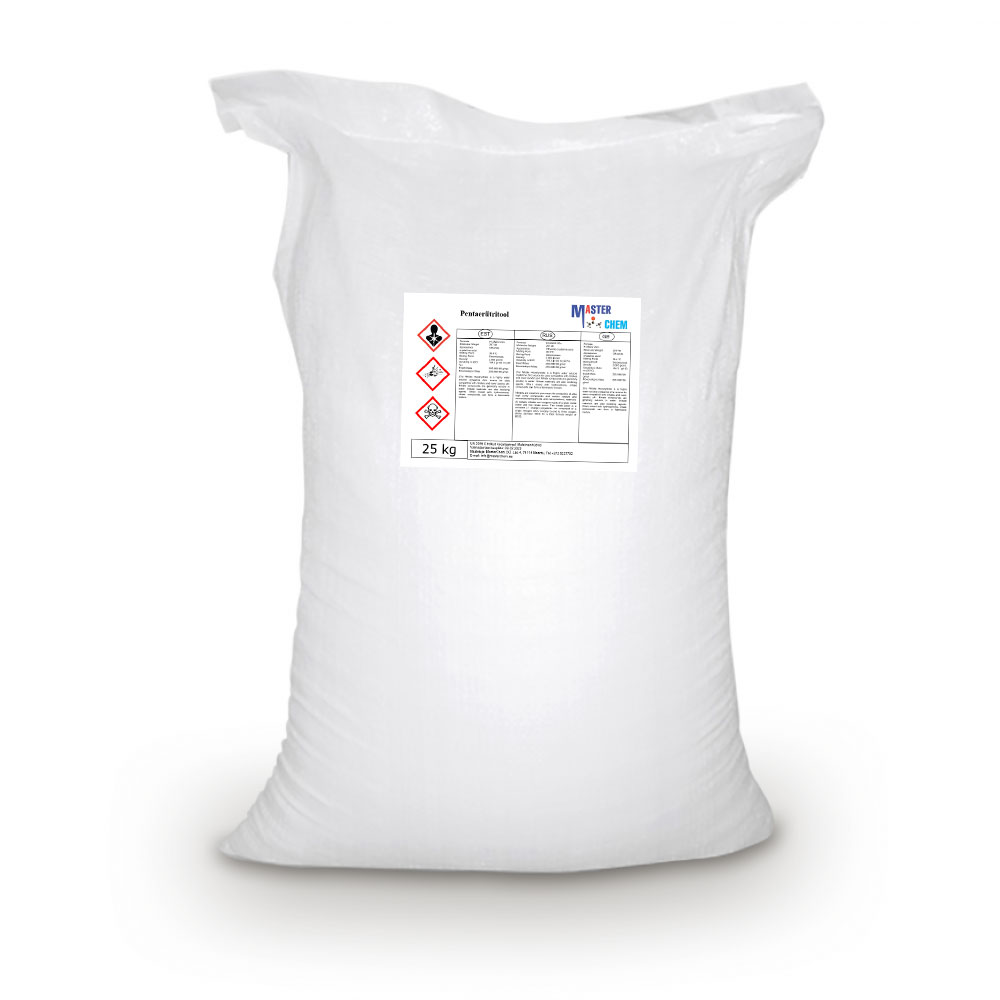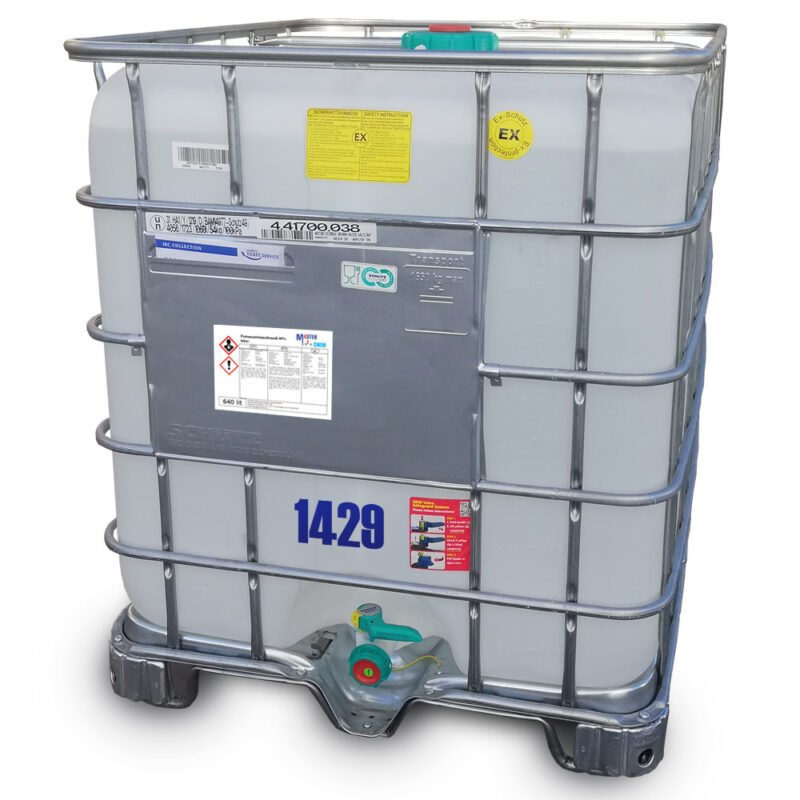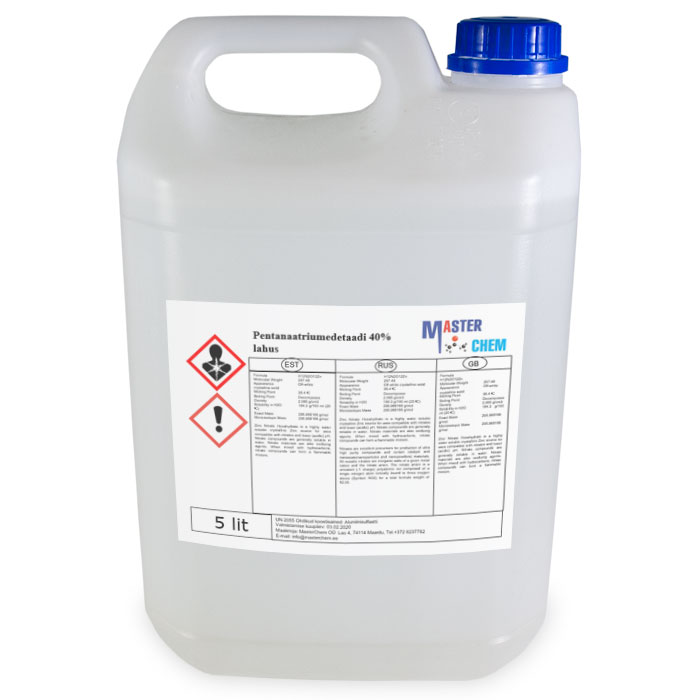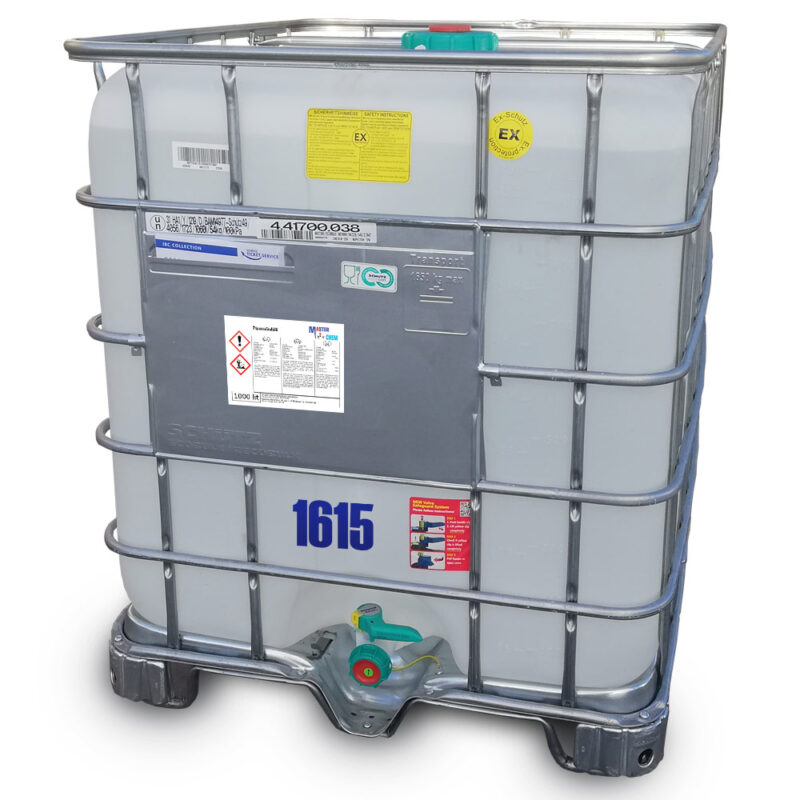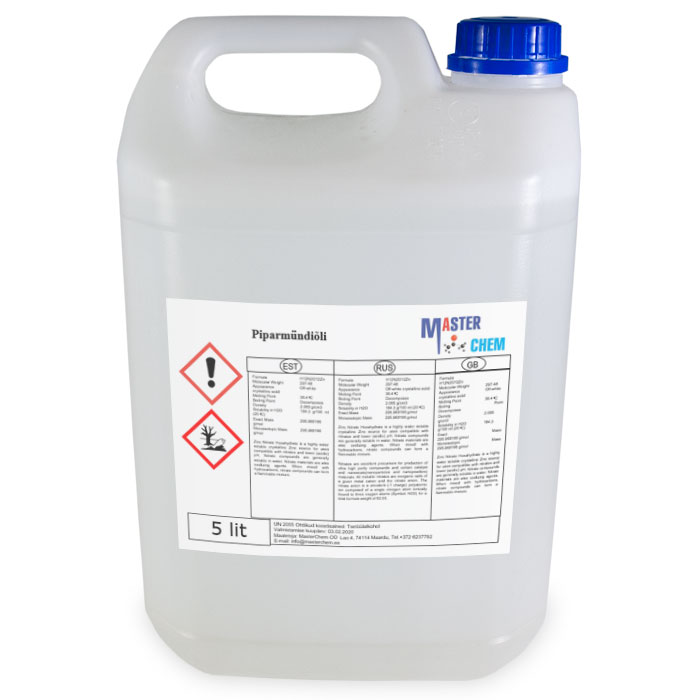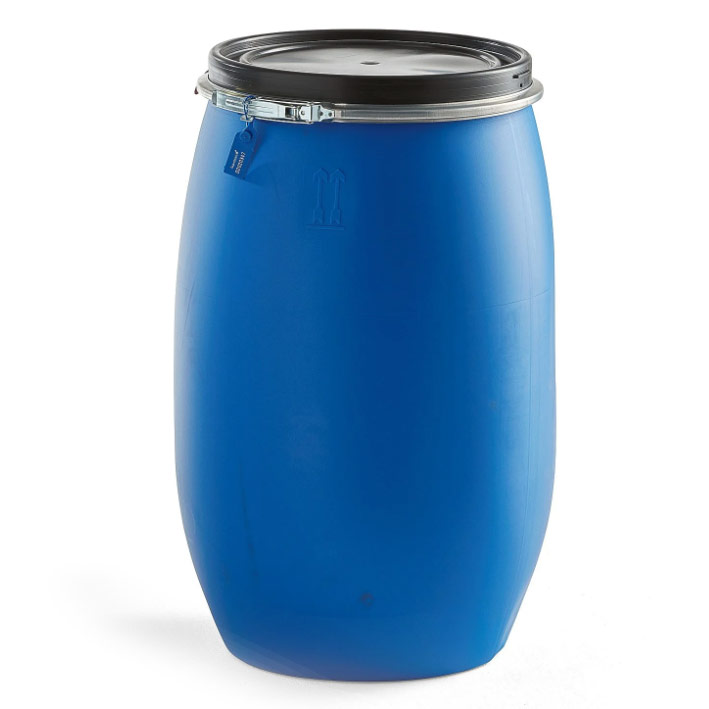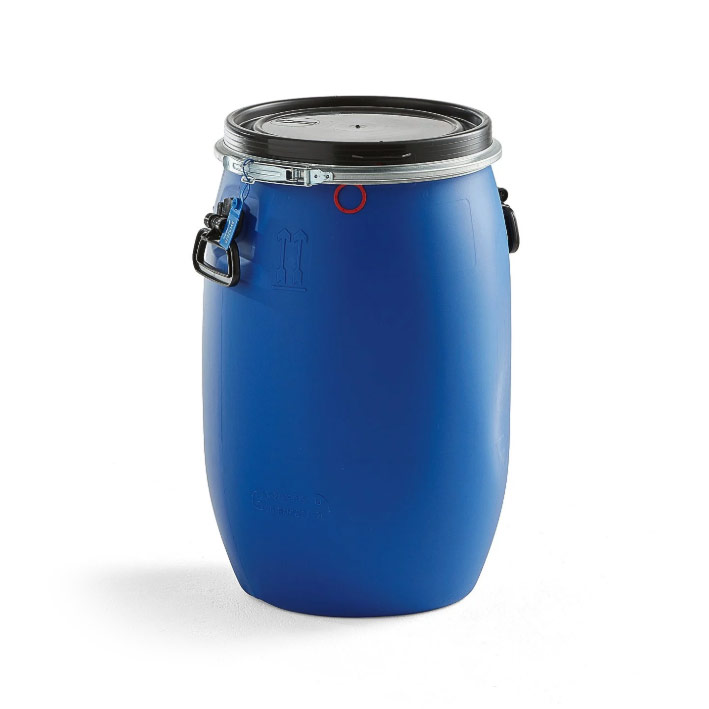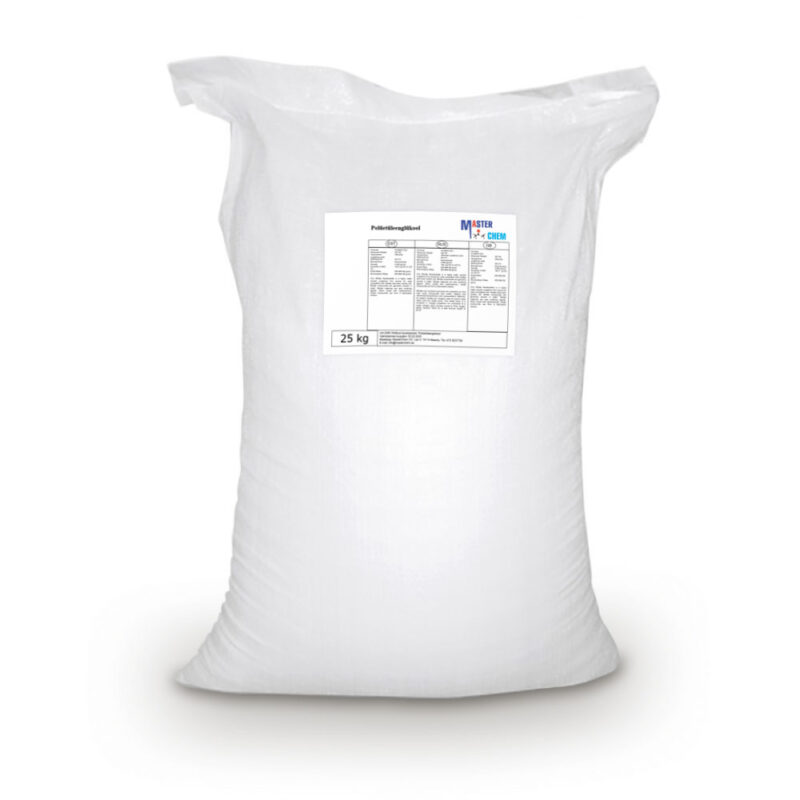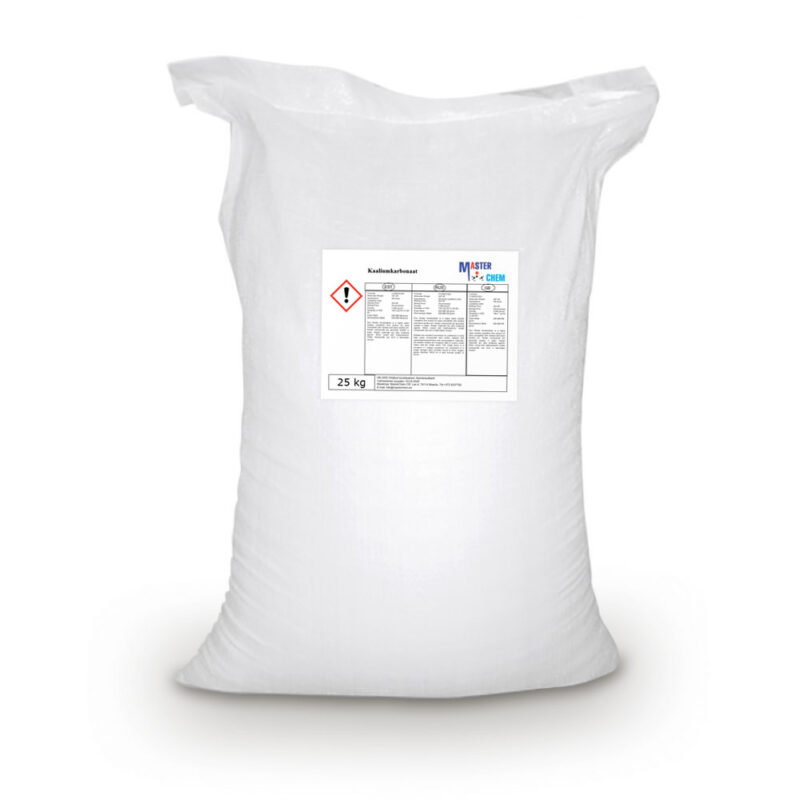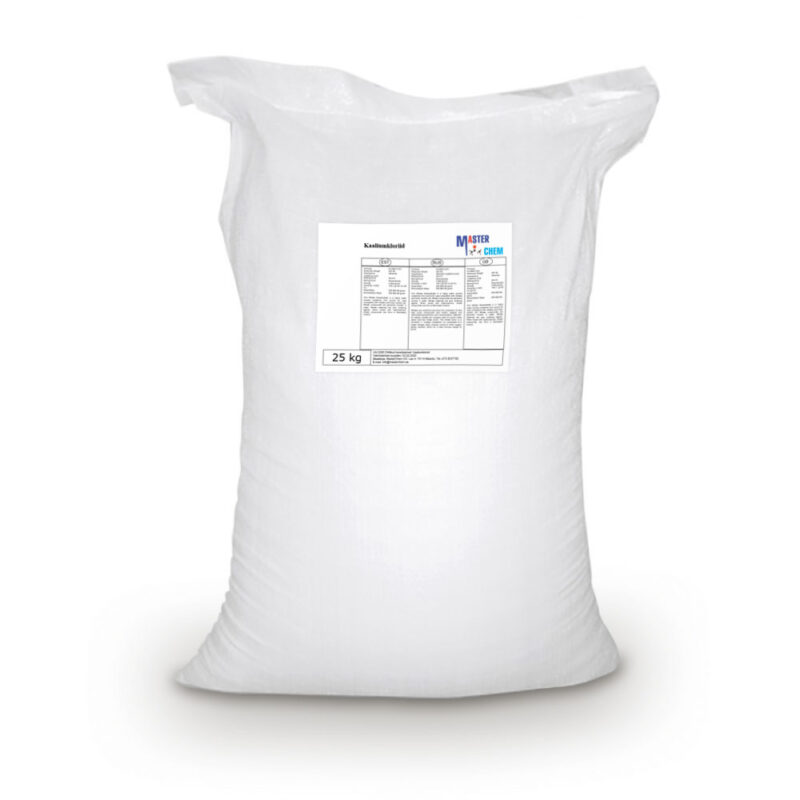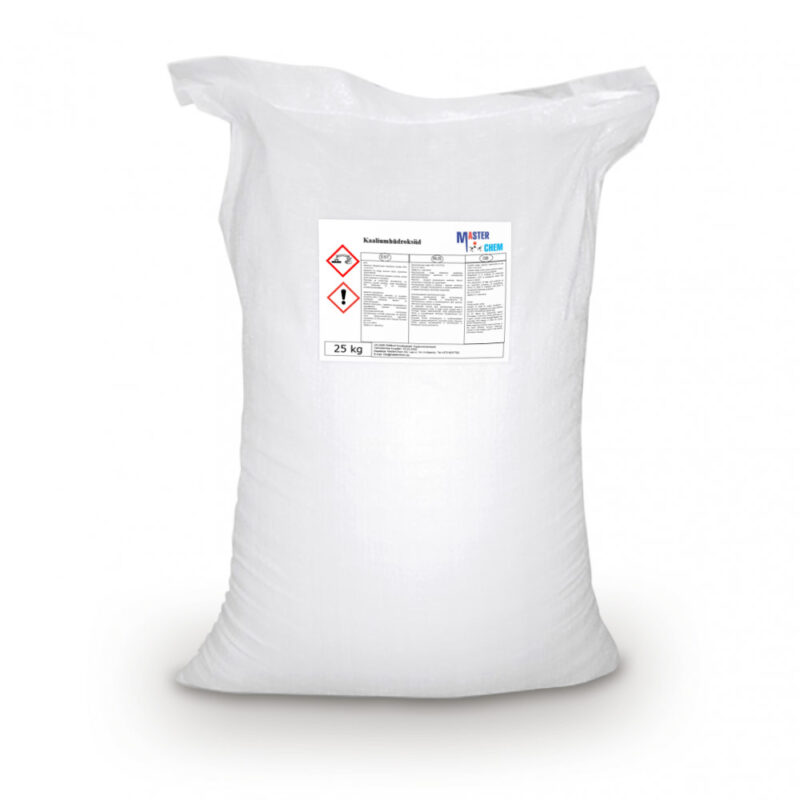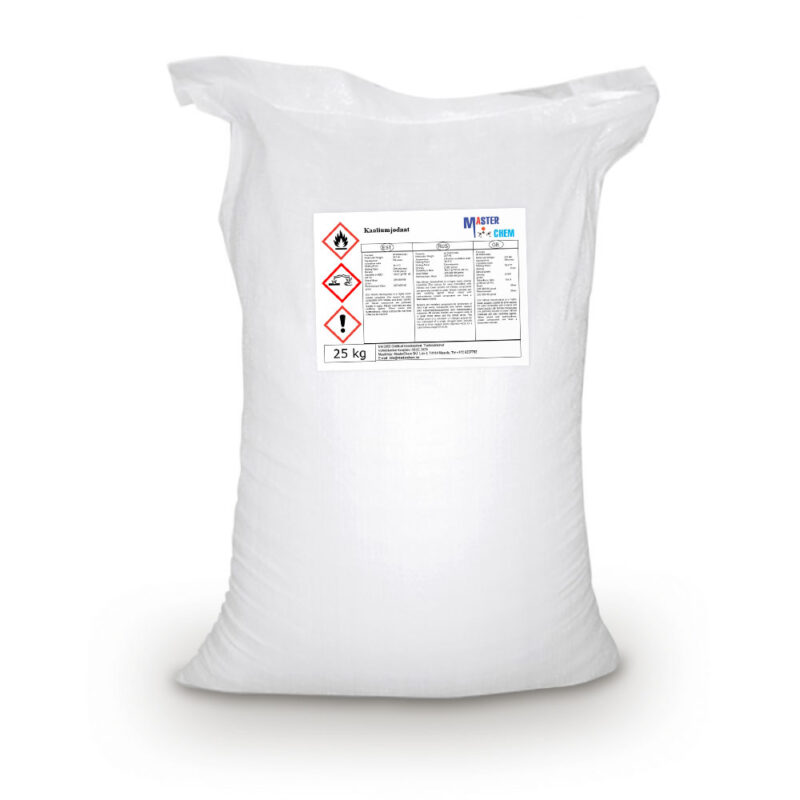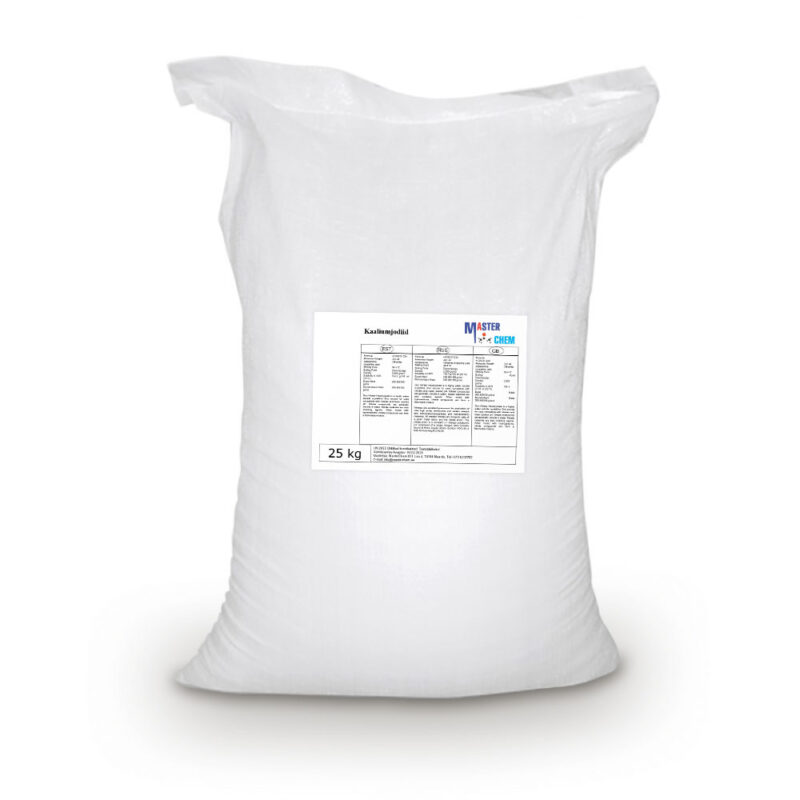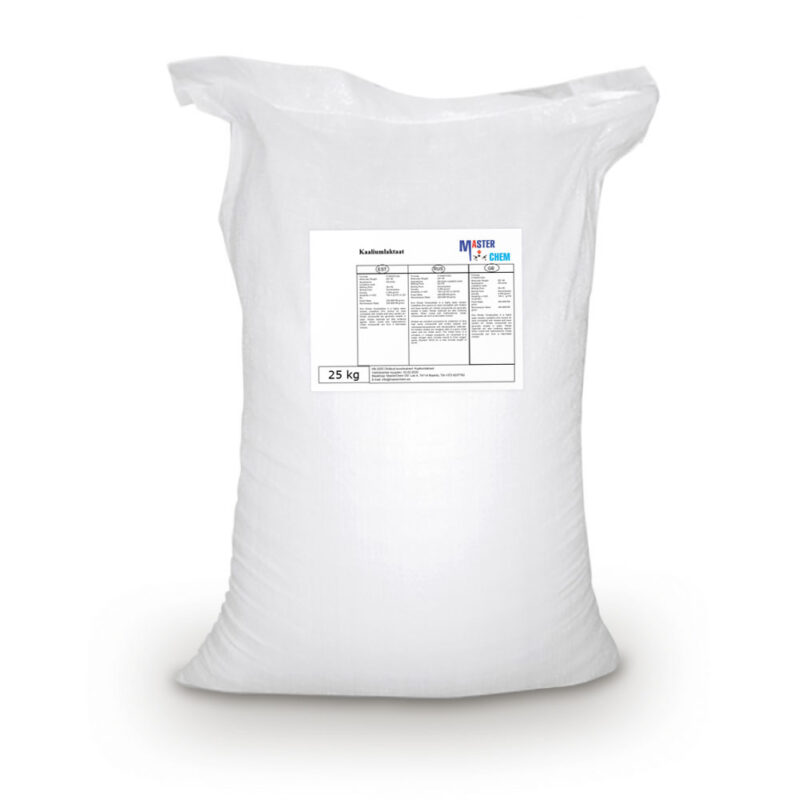Nitro Thinner 646
Nitro solvent 646 is a classic nitro solvent. Introducing a mixture of various volatile organic liquids (6 components). The original recipe has a ten-year history and has established itself as the most versatile and high-quality composition with excellent properties. Unfortunately now in Europe you will not find a 100% original composition anywhere, as some components are prohibited for circulation in the European Union. Our recipe preserves all the best properties of this product due to the fact that we have replaced the prohibited components with new generation products that are more environmentally friendly. MasterChem has been manufacturing this solvent directly for 25 years. Nitro solvent is a colorless or slightly yellowish liquid with a characteristic odor. It is used in production and in everyday life for diluting and bringing paints and varnishes to a working consistency. If you want to become a sales representative of our product, we are open to negotiations.
Nitroethane (CAS 79-24-3)
Nitroethane (CAS 79-24-3)
Nitroethane is an organic compound having the chemical formula C2H5NO2. Similar in many regards to nitromethane, nitroethane is an oily liquid at standard temperature and pressure. Pure nitroethane is colorless and has a fruity odor.
Via condensations like the Henry reaction, nitroethane converts to several compounds of commercial interest. Condensation with 3,4-dimethoxybenzaldehyde affords the precursor to the antihypertensive drug methyldopa; condensation with unsubstituted benzaldehyde yields phenyl-2-nitropropene. Nitroethane condenses with two equivalents of formaldehyde to give, after hydrogenation, 2-amino-2-methyl-1,3-propanediol, which in turn condenses with oleic acid to give an oxazoline, which protonates to give a cationic surfactant.
Octyl stearate (CAS 22047-49-0)
Octyl stearate (CAS 22047-49-0)
Emollient; Superfatting oil; EP agent; Lubricant for PVC, textile spin finishes, metalworking; plasticizer/solvent for paper coatings, metalworking fluids; emollient, moisturizer, lubricant, spreading agent, detackifier, solubilizer, gloss agent, pigment wetting agent/dispersant for cosmetics, pharmaceutical topicals
Odorless winter windshield washer fluid -20°C
Odorless winter windshield washer fluid -20°C
For professional use only!
For year-round use in a car windshield washer system. Prevents the washing system from freezing down to -20 ° C. Protects glass from freezing and wear. With good washing properties. Excellent removal of various dirt and grease residues. Does not form a disturbing film, does not damage rubber or plastic.
Odorless winter windshield washer fluid -40°C
Odorless winter windshield washer fluid -40°C
For professional use only!
For year-round use in a car windshield washer system. Prevents the washing system from freezing down to -40 ° C. Protects glass from freezing and wear. With good washing properties. Excellent removal of various dirt and grease residues. Does not form a disturbing film, does not damage rubber or plastic.
OH O Top plastic can 220L 200 lit
OH O Top plastic can 220L 200 lit. It is blow-moulded from high molecular weight high-density polyethylene in one operation. …
OH O Top plastic can 220L 200 lit (previously used)
OH O Top plastic can 220L 200 lit. It is blow-moulded from high molecular weight high-density polyethylene in one operation. …
Oiled sulfur (CAS 7704-34-9)
Oiled sulfur (CAS 7704-34-9)
Sulfur (in British English: sulphur) is a chemical element with the symbol S and atomic number 16. It is abundant, multivalent and nonmetallic. Under normal conditions, sulfur atoms form cyclic octatomic molecules with a chemical formula S8. Elemental sulfur is a bright yellow, crystalline solid at room temperature.
Oleic acid (CAS 112-80-1)
Oleic acid (CAS 112-80-1)
Oleic acid is a fatty acid that occurs naturally in various animal and vegetable fats and oils. It is an odorless, colorless oil, although commercial samples may be yellowish. In chemical terms, oleic acid is classified as a monounsaturated omega-9 fatty acid, abbreviated with a lipid number of 18:1 cis-9. It has the formula CH3(CH2)7CH=CH(CH2)7COOH. The name derives from the Latin word oleum, which means oil. It is the most common fatty acid in nature. The salts and esters of oleic acid are called oleates.
Ortofosforhape 85% (CAS 7664-38-2)
Molecular formula of orthophosphoric acid: H3PO4
INDEX: 015-011-00-6
CAS: 7664-38-2
EC: 231-633-2
IUPAC name
Phosphoric acid
Applications of orthophosphoric acid: as an intermediate in chemical synthesis, as a component in mixtures, as a metal surface treatment, as a detergent and cleaning agent, as an additive in the chemical industry, as a fertilizer, as an auxiliary in soldering, in polishing and wax mixtures, in descaling compositions.
Phosphoric acid is used in food as an additive (additive E338), in cosmetics and in feed.
Paraformaldehyde (CAS 30525-89-4)
Paraformaldehyde (CAS 30525-89-4)
Paraformaldehyde (PFA) is the smallest polyoxymethylene, the polymerization product of formaldehyde with a typical degree of polymerization of 8–100 units. Paraformaldehyde commonly has a slight odor of formaldehyde due to decomposition. Paraformaldehyde is a poly-acetal.
Pentaerythritol (CAS 115-77-5)
Pentaerythritol (CAS 115-77-5)
Pentaerythritol is an organic compound with the formula C(CH2OH)4. Classified as a polyol, it is a white solid. Pentaerythritol is a building block for the synthesis and production of explosives, plastics, paints, appliances, cosmetics, and many other commercial products.
The word pentaerythritol is a blend of penta- in reference to its 5 carbon atoms and erythritol, which also possesses 4 alcohol groups.
Peppermint oil (CAS 90063-97-1)
Peppermint oil (CAS 90063-97-1)
Peppermint oil is extensively used as a carminative, antiseptic, and local anesthetic in cold, cough, and other preparations (lozenges, syrups, ointments, tablets, etc.). Enteric coated peppermint oil capsules have been examined as a useful treatment for irritable bowel syndrome; enteric coating allows oil to reach colon in an unmetabolized state; treatment is contraindicated with meals and in achlorhydria. Peppermint oil has been recommended as an adjunct to colonoscopy; a diluted suspension of the oil is sprayed on the endoscope to reduce colonic spasm.
Plastic drum 100 L
Height: 800 mm
Diameter: 480 mm
Volume: 100 L (max 120)
Colour: Blue
Material: HD polyethylene
Weight: 6 kg
Plastic drum 125 L
Height: 980 mm
Diameter: 480 mm
Volume: 125 L (max 150)
Colour: Blue
Material: HD polyethylene
Weight: 6,7 kg
Plastic drum 50 L
Height: 610 mm
Diameter: 390 mm
Volume: 50 L (max 60)
Colour: Blue
Material: HD polyethylene
Weight: 3.1 kg
Polyethylene glycol 200 (CAS 25322-68-3)
Polyethylene glycol 200 (CAS 25322-68-3)
Polyethylene glycol (PEG; /ˌpɒliˈɛθəlˌiːn ˈɡlaɪˌkɒl, -ˌkɔːl/) is a polyether compound derived from petroleum with many applications, from industrial manufacturing to medicine. PEG is also known as polyethylene oxide (PEO) or polyoxyethylene (POE), depending on its molecular weight. The structure of PEG is commonly expressed as H−(O−CH2−CH2)n−OH.
Because PEG is a hydrophilic molecule, it has been used to passivate microscope glass slides for avoiding non-specific sticking of proteins in single-molecule fluorescence studies.
Polyethylene glycol has a low toxicity and is used in a variety of products. The polymer is used as a lubricating coating for various surfaces in aqueous and non-aqueous environments.
Potassium carbonate (CAS 584-08-7)
Potassium carbonate (CAS 584-08-7)
Potassium carbonate is the inorganic compound with the formula K2CO3. It is a white salt, which is soluble in water. It is deliquescent, often appearing as a damp or wet solid. Potassium carbonate is mainly used in the production of soap and glass.
Applications
– for soap, glass, and dishware production
– as a mild drying agent where other drying agents, such as calcium chloride and magnesium sulfate, may be incompatible. It is not suitable for acidic compounds, but can be useful for drying an organic phase if one has a small amount of acidic impurity. It may also be used to dry some ketones, alcohols, and amines prior to distillation.
– in cuisine, where it has many traditional uses. It is an ingredient in the production of grass jelly, a food consumed in Chinese and Southeast Asian cuisines, as well as Chinese hand-pulled noodles and mooncakes. It is also used to tenderize tripe. German gingerbread recipes often use potassium carbonate as a baking agent, although in combination with hartshorn. Use of potassium carbonate must be limited to a certain amount to prevent harm, and should not be used without guidance.
– as a buffering agent in the production of mead or wine.
– in antique documents, it is reported to have been used to soften hard water.
– as a fire suppressant in extinguishing deep-fat fryers and various other B class-related fires.
– in condensed aerosol fire suppression, although as the byproduct of potassium nitrate.
– as an ingredient in welding fluxes, and in the flux coating on arc-welding rods.
– as an animal feed ingredient to satisfy the potassium requirements of farmed animals such as broiler breeder chickens.
Potassium chloride (CAS 7447-40-7)
Potassium chloride (CAS 7447-40-7)
Potassium chloride (CAS 7447-40-7)
Potassium chloride (KCl, or potassium salt) is a metal halide salt composed of potassium and chlorine. It is odorless and has a white or colorless vitreous crystal appearance. The solid dissolves readily in water, and its solutions have a salt-like taste. Potassium chloride can be obtained from ancient dried lake deposits. KCl is used as a fertilizer, in medicine, in scientific applications, and in food processing, where it may be known as E number additive E508.
As a chemical feedstock, it is used for the manufacture of potassium hydroxide and potassium metal. It is also used in medicine, lethal injections, scientific applications, food processing, soaps, and as a sodium-free substitute for table salt for people concerned about the health effects of sodium.
It is used as a supplement in animal feed to boost the potassium level in the feed. As an added benefit, it is known to increase milk production.
It is sometimes used in solution as a completion fluid in petroleum and natural gas operations, as well as being an alternative to sodium chloride in household water softener units.
Potassium hydroxide (flakes) (CAS 1310-58-3)
Potassium hydroxide, Lye, Custic potash, KOH
Potassium hydroxide, also known as lye is an inorganic compound with the chemical formula KOH. Also commonly referred to as caustic potash. It is used in various chemical, industrial and manufacturing applications. Potassium hydroxide is also a precursor to other potassium compounds. Potassium hydroxide is used in food to adjust pH, as a stabilizer, and as a thickening agent.
In addition to the above uses, potassium hydroxide is also used in making soap, as an electrolyte in alkaline batteries and in electroplating, lithography, and paint and varnish removers. Liquid drain cleaners contain 25 to 36% of potassium hydroxide.
Potassium Iodate (CAS 7758-05-6)
Potassium Iodate (CAS 7758-05-6)
Potassium iodate (KIO3) is an ionic chemical compound consisting of K+ ions and IO3− ions in a 1:1 ratio.
Potassium iodate is sometimes used for iodination of table salt to prevent iodine deficiency. Because iodide can be oxidized to iodine by molecular oxygen under wet conditions, US companies add thiosulfates or other antioxidants to the potassium iodide. In other countries, potassium iodate is used as a source for dietary iodine. It is also an ingredient in some baby formula milk.
Like potassium bromate, potassium iodate is occasionally used as a maturing agent in baking.
Potassium Iodide (CAS 7681-11-0)
Potassium Iodide (CAS 7681-11-0)
Potassium iodide is a chemical compound, medication, and dietary supplement. As a medication it is used to treat hyperthyroidism, in radiation emergencies, and to protect the thyroid gland when certain types of radiopharmaceuticals are used. In the developing world it is also used to treat skin sporotrichosis and phycomycosis. As a supplement it is used in those who have low intake of iodine in the diet. It is given by mouth.
Common side effects include vomiting, diarrhea, abdominal pain, rash, and swelling of the salivary glands. Other side effects include allergic reactions, headache, goitre, and depression. While use during pregnancy may harm the baby, its use is still recommended in radiation emergencies. Potassium iodide has the chemical formula KI. Commercially it is made by mixing potassium hydroxide with iodine.
Potassium iodide has been used medically since at least 1820. It is on the World Health Organization’s List of Essential Medicines. Potassium iodide is available as a generic medication and over the counter. Potassium iodide is also used for the iodization of salt.
Potassium lactate (CAS 85895-78-9)
Potassium lactate (CAS 85895-78-9) 25kg MasterChem
Potassium L(+)-lactate is the potassium salt of L(+)-lactic acid, obtained by neutralisation of the acid of natural origin with a high purity potassium source. Lactate is produced naturally by living organisms as a by-product of the glycolysis. Potassium L(+)-lactate is used in food as a sodium free pathogen control agent and humectant. As an alternative to sodium lactate, it addresses the concerns of health organisations and consumers about reducing sodium intake.

